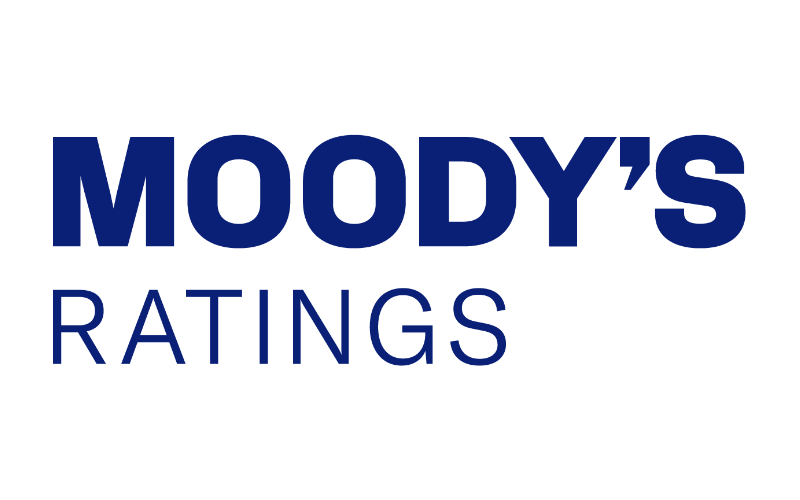According to Moody’s Ratings, issuance of higher expected loss (EL) catastrophe bonds has risen slightly in 2024 and 2025, as pricing for higher-severity risks has declined, encouraging investors to allocate more capacity to higher-frequency exposures.
“Over the past few years, the reinsurance market has steadily increased prices and attachment points to lower frequency-related catastrophe losses such as those from severe convective storms or wildfires. This was in response to these “nonpeak perils” contributing an increasing amount to annual catastrophe losses,” the rating agency explained.
The agency further observed that traditional reinsurers significantly “curtailed their writing of aggregate reinsurance coverages” for cedents following a period of elevated losses from higher frequency, lower severity events.
Furthermore, Moody’s also notes that reinsurance and catastrophe bond pricing is moderating due to increased capacity and relatively low losses.
“Reinsurance pricing has increased significantly in recent years because of rising construction costs and high catastrophe losses. However, prices for property catastrophe covers have peaked and are now declining,” the agency noted,
“According to the Guy Carpenter Global Property Catastrophe Rate-on-Line (ROL) Index, reinsurance pricing has fallen slightly in 2025 from record levels in 2023-24.
“Driven by still attractive expected returns, reinsurers continue to allocate more capital into property catastrophe business and shift some capacity away from a challenging US casualty reinsurance market. This increased supply has somewhat weakened pricing,” Moody’s added.
Meanwhile, despite significant catastrophe activity over the past year, including Hurricanes Helene and Milton in 2024 and the devastating California wildfires in January, catastrophe bond pricing has also moderated in 2025, reflecting abundant capacity and strong investor demand.
As per Moody’s, the impact of recent events on cat bond principal has been limited, with most losses absorbed by primary insurers and lower reinsurance layers.
Additionally, average coupons and spreads have declined from the peaks of 2023–2024, but remain attractive relative to historical norms and other fixed-income assets.
Citing Artemis’ data, Moody’s states this is evident from the fall in average spreads relative to expected losses for catastrophe bonds, which mirrors trends in the broader reinsurance market.
However, the biggest price drops in expected loss multiples are evident for higher severity risks, where intense competition among traditional reinsurers and alternative capital investors has led to lower returns, Moody’s explained.
“Returns for higher frequency risks have remained more stable as sponsor demand for aggregate and frequency covers supports prices,” the rating agency added.
In the same report, Moody’s also stated that the recent trend of strong catastrophe bond issuance is expected to persist into 2026.
Analyse the catastrophe bond market using our charts and visualisations, which are kept up-to-date as every new transaction settles.
Download our free quarterly catastrophe bond market reports.
We track catastrophe bond and related ILS issuance data, the most prolific sponsors in the market, most active structuring and bookrunning banks and brokers, which risk modellers feature in cat bonds most frequently, plus much more.
As a reminder, you can find all of our charts and data here, or via the Artemis Dashboard which provides a handy one-page view of cat bond market metrics.

